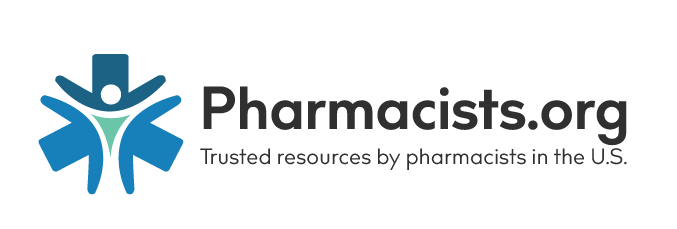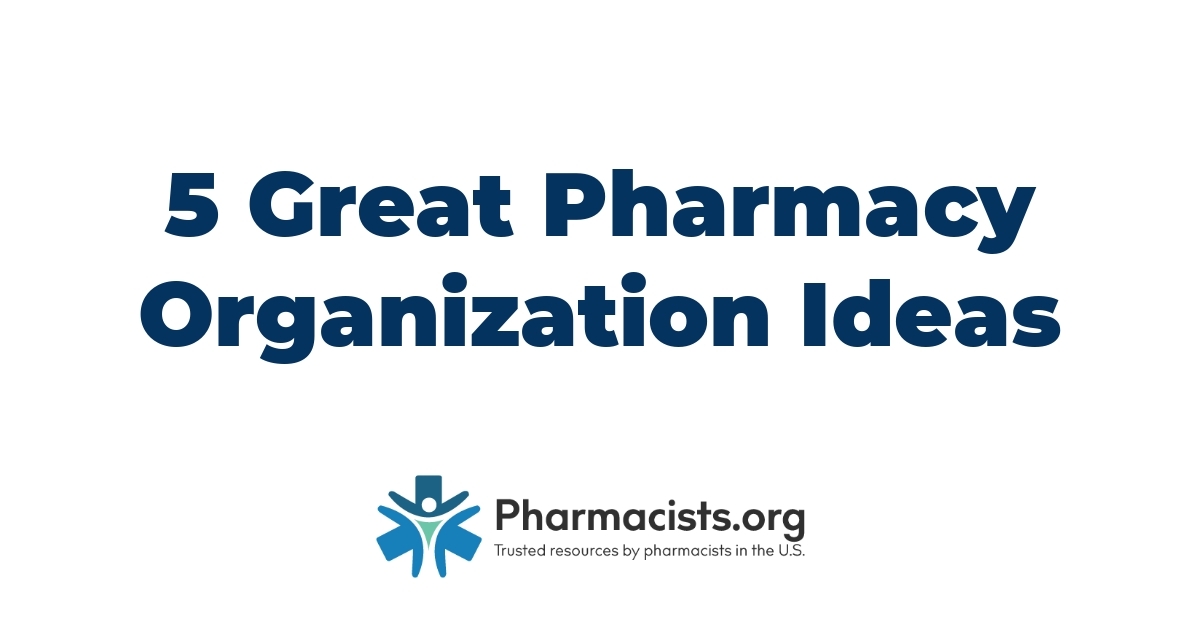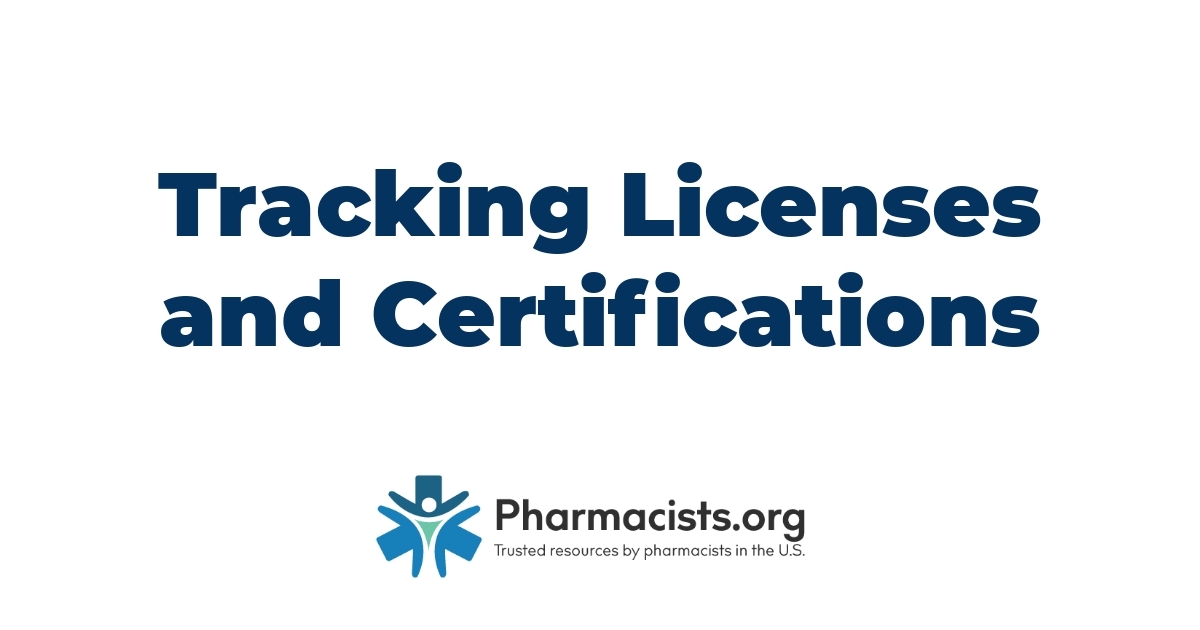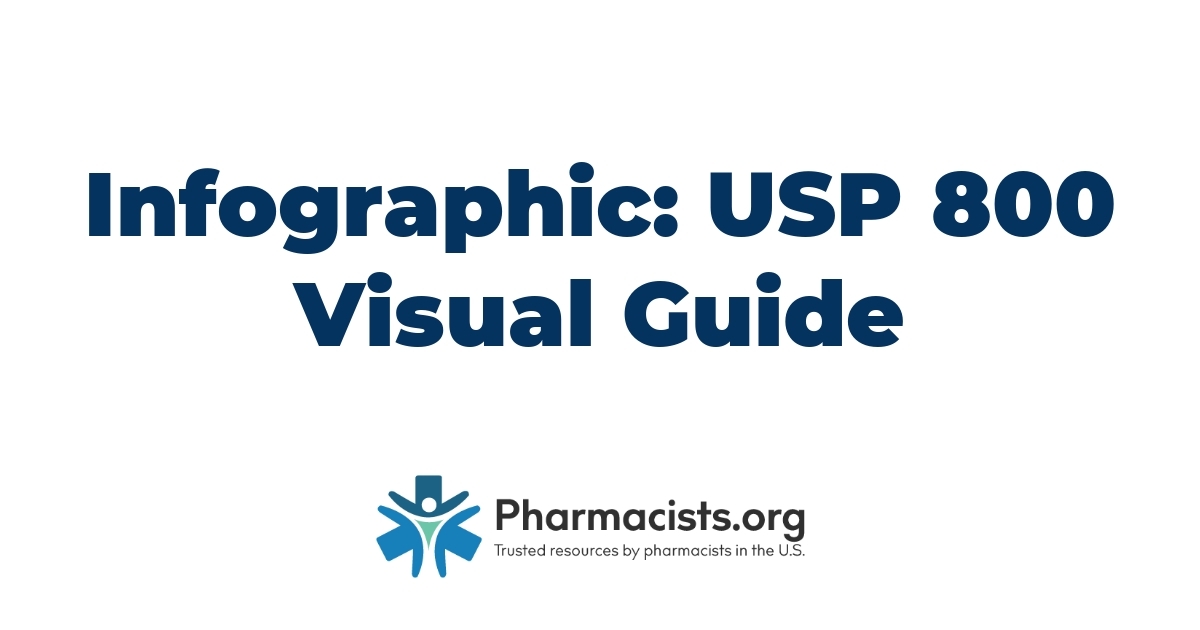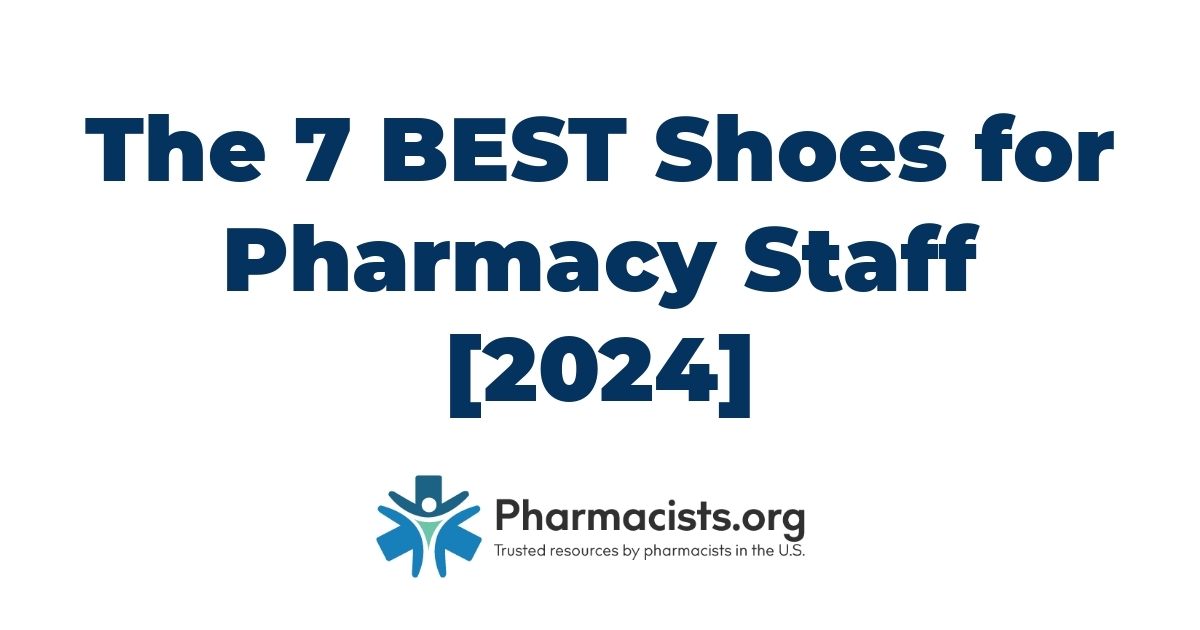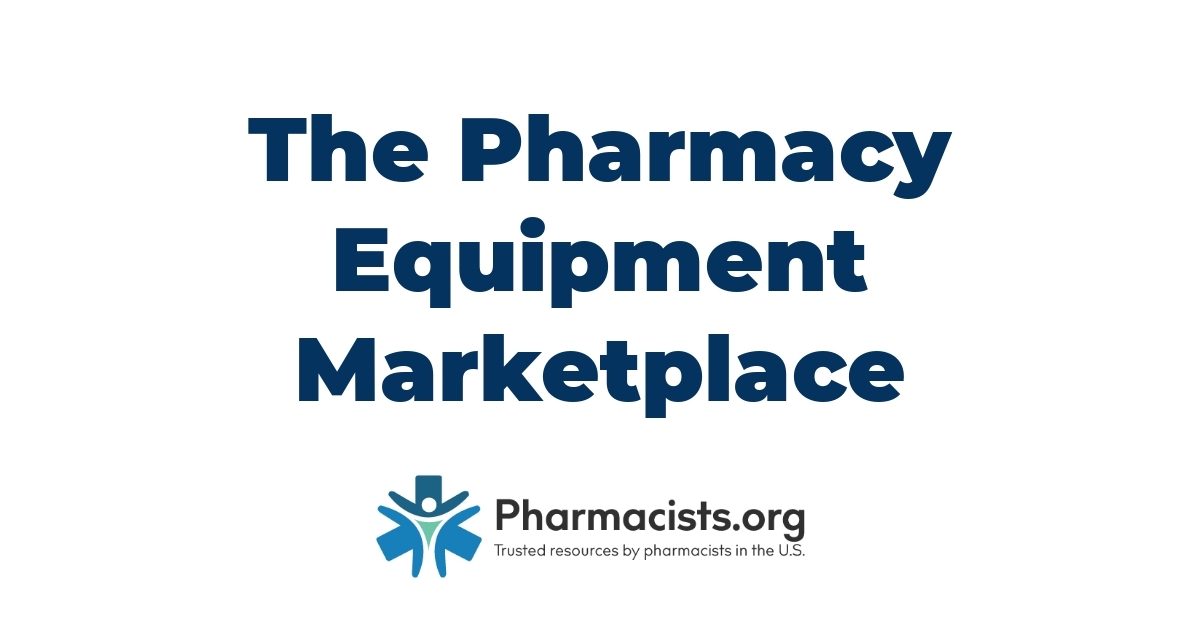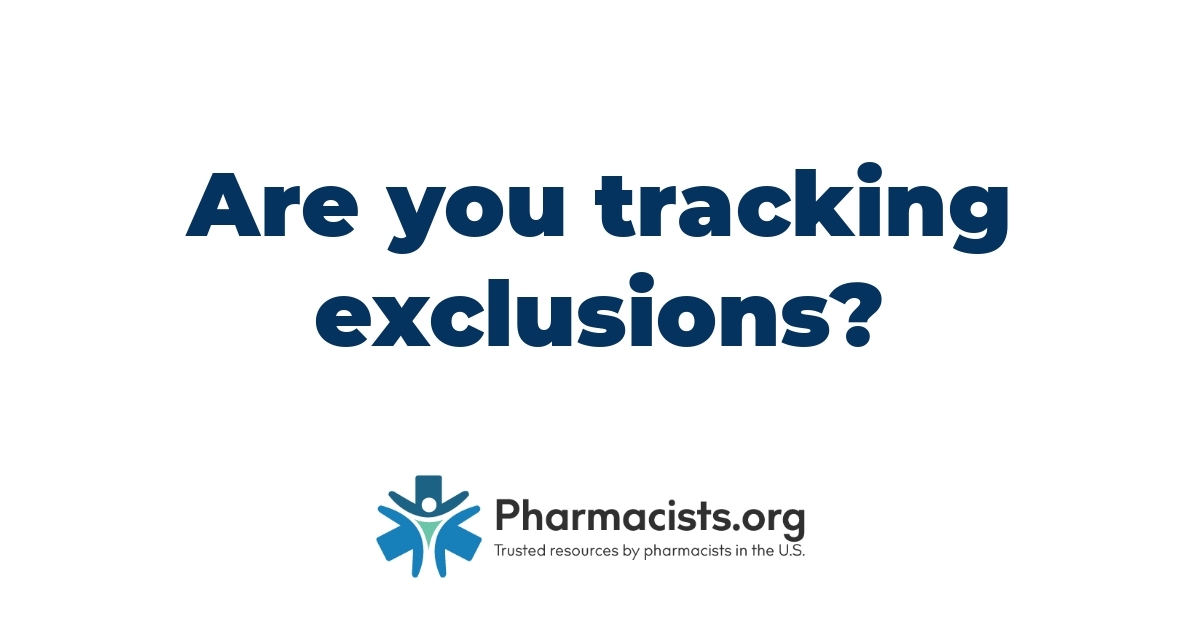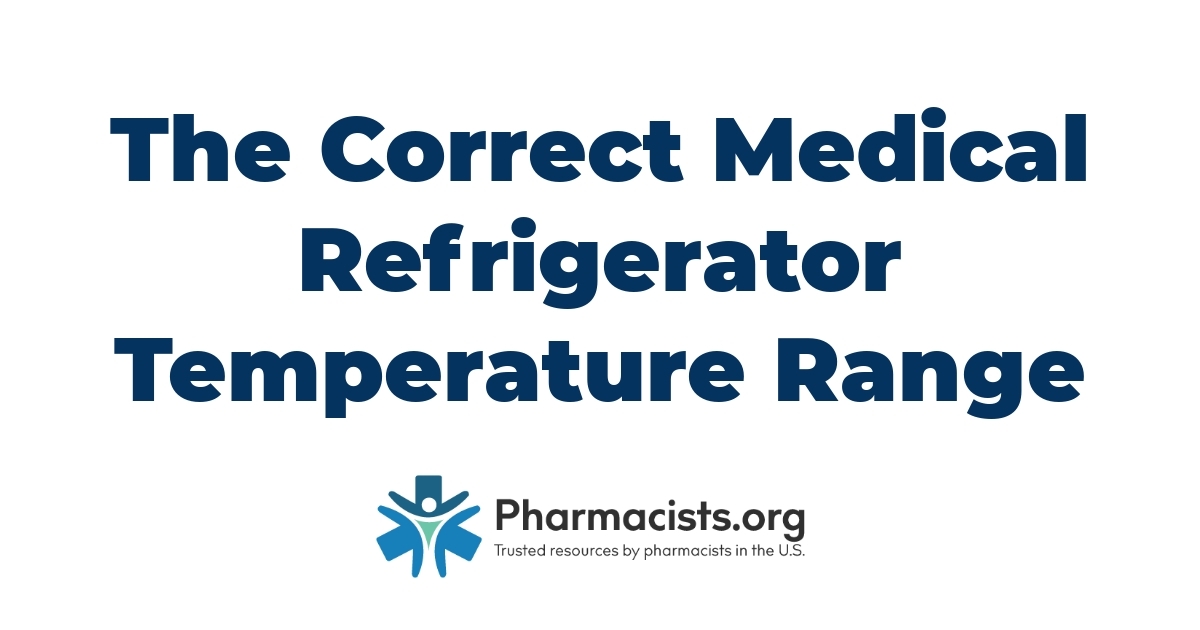The formulation record and compounding record is an easy-to-miss area of compliance, but with numerous cases of patient harm related to compounding it is critical that pharmacies, for patient safety and for their own liability, get it right.
Probably the most notable is that of the New England Compounding Center, but even more recently problems with levothyroxine compounded formulations have received public attention and scrutiny.
Are your compounding and formulation records compliant with USP 795? Without further ado, here is your crash course.
Formulation Records
We all know that formulation records are the ‘recipe’ to be followed when compounding. Everything you compound should have a formulation record, but perhaps more importantly that formulation record should be evidence-based. In the first paper I ever published in a peer-reviewed journal, I described my final-year student project to standardize formulation records at the health-system I was on rotation at.
Prior to implementation, the formulation records were on index cards in a form of a ‘recipe box,’ with handwritten notes, sometimes missing sources, and sometimes stating that the formulation record came from another hospital (pictures are in the paper).
I would argue unfortunately this situation is not uncommon, and either developing or buying evidence-based formulation records is one of the easiest things any pharmacy, community or inpatient (or other), can do to improve the safety of compounded medications.
It also provides documentation in the case there is a lawsuit; after all, would you want to be on the stand as the lawyer grills you on why you made a medicine for a patient based on a word-of-mouth recipe? I certainly don’t.
Formulation record components are regulated by USP 795, USP 797 (for sterile compounding), and state Boards of Pharmacy.
Here are the components required:
• Name, strength, and dosage form of the CSP
• Physical description of the final preparation
• Identities and amounts of all ingredients and appropriate container-closure systems
• Complete instructions for preparing the CSP, including equipment, supplies, and a description of the compounding steps
• BUD and storage requirements
• Quality control procedures (e.g., pH, filter integrity, and visual inspection)
• Sterilization method, if applicable (e.g., filter, steam, or dry heat)
• Any other information needed to describe the operation and ensure its repeatability (e.g., adjusting pH and tonicity and temperature)
So now the million-dollar question: where can I find evidence-based formulation records?
Most people who work in compounding know that PCCA is the top-notch provider of compounding resources. They sell products, but to me their biggest value is in the over 9,500 formulation records in their database and the clinical education team to help compounders solve tough problems. If you are planning on really getting into compounding it is worth considering membership. When I rotated through a PCAB accredited compounding pharmacy as a student I saw the value it provided first-hand.
Formulation Records Online
If you really only plan on compounding occasionally and feel that it is not the right choice to join PCCA, you should still get your Formulation Records together for what you do compound.
Also, as a word of caution, it is best not compound complex formulations unless you have the education and experience to do so. Compounding is a specialty and should be treated that way!
In addition, these two websites provide free recipes. The UNC website has recipes already formatted into a Formulation Record, while Secundum Artum provides the recipe with necessary stability data but unfortunately does not create a full Formulation Record.
THE PHARMACEUTICS AND COMPOUNDING LAB
From the UNC Eshelman School of Pharmacy. A treasure trove of information on compounding, including free formulation records.
SECUNDUM ARTEM
One of the best sites to get started in compounding. Their newsletters feature great general compounding information as extensive stability data for compounded formulations using Perrigo products.
Compounding Records
USP 795 and 797 (for sterile preparations), as well as state Boards of Pharmacy (like NC and KY), regulate what components are required in a compounding record:
• Name, strength, and dosage form of the compounded sterile preparation (CSP)
• Master Formulation Record reference for the CSP, when used
• Date and time of preparation of the CSP
• Assigned internal identification number (e.g., prescription or lot number)
• Signature or initials of individuals involved in each step (e.g., technician or pharmacist)
• Name, vendor or manufacturer, lot number, and expiration date of each ingredient and container-closure system
• Weight or measurement of each ingredient
• Documentation of the calculations, made to determine and verify quantities and/or concentrations of components, if appropriate
• Documentation of quality control procedures in accordance with the SOP (e.g., filter integrity, pH, and visual inspection)
• Any deviations from the Master Formulation Record, if used, and any problems or errors experienced during the compounding of the CSP
• Total quantity compounded
• Assigned Beyond Use Date
• Duplicate container label if prepared in a batch
Many pharmacy systems can create printable compounding records from the data entered, which is easier, but in the case your system doesn’t you’ll want to get a compounding record template that has all the required information.
I am a pharmacist, community pharmacy consultant, and medical writer with over 12 years of clinical practice experience in community, outpatient health system, long term care, and academic settings. I am also the founder of PharmCompliance.com, a website dedicated to the success of community pharmacy.
As a pharmacy project manager, I led the implementation of new service lines, assist with ensuring legal and third-party compliance for over 70 retail stores, lead quality improvement and medication safety initiatives, write policies, procedures, and best practices for all our retail sites, and help with optimizing revenue cycle and pharmacy profitability. I have been responsible for DMEPOS and vaccine accreditation through CMS, obtaining new licenses and permits, and implementing a prescription drug kiosk embedded in our physician offices.
As a medical writer, my work has been featured in GoodRx, Pharmacy Times, Drug Topics, Patient Care Online, and in peer-reviewed journals. I have also given presentations on a range of topics, from disease state pharmacotherapy for medical residents to updates on the CDC vaccine storage and handling guidelines for a medical-grade refrigerator and freezer manufacturer. I have written and presented continuing education for CEImpact, FreeCE, AchieveCE, Ascension Health, and the Florida Department of Health.
